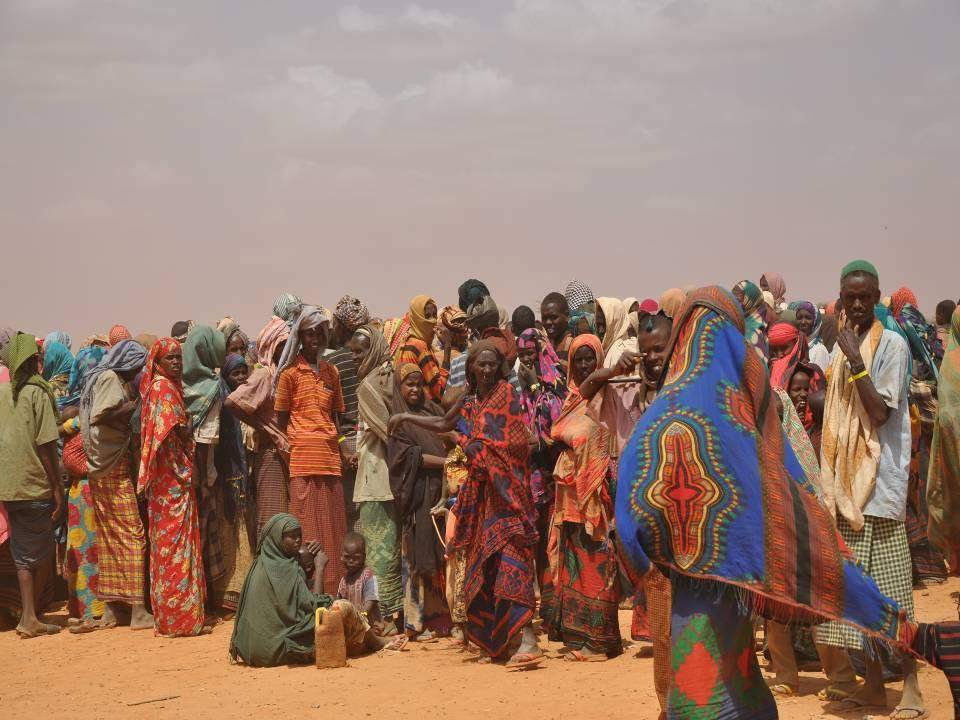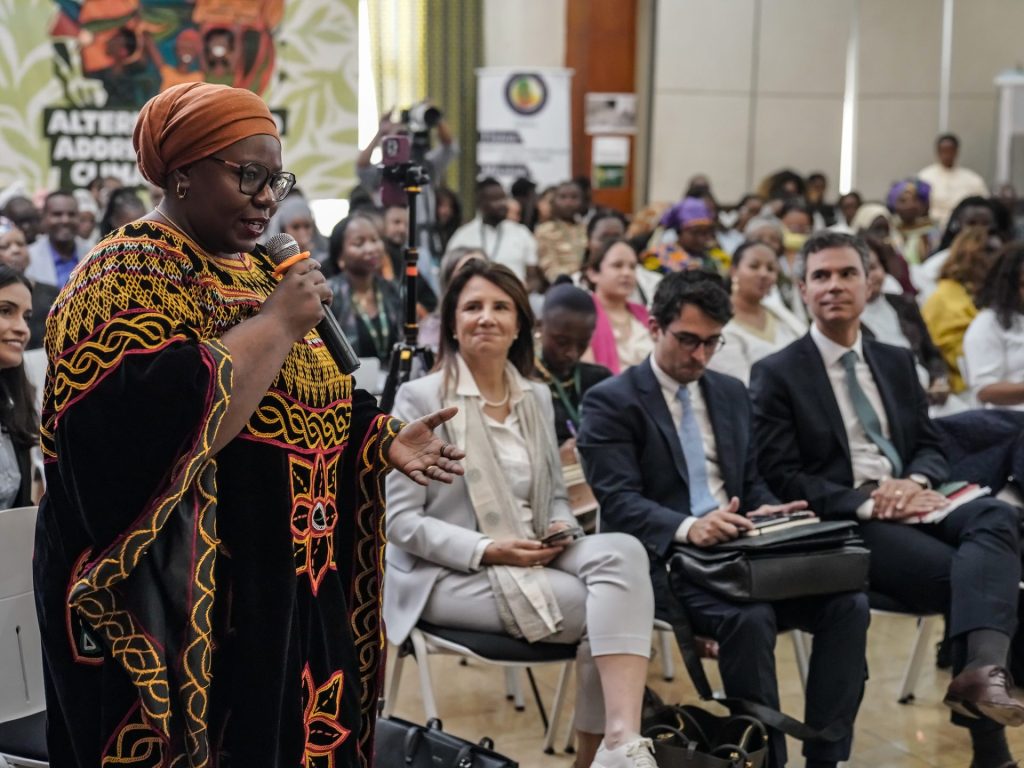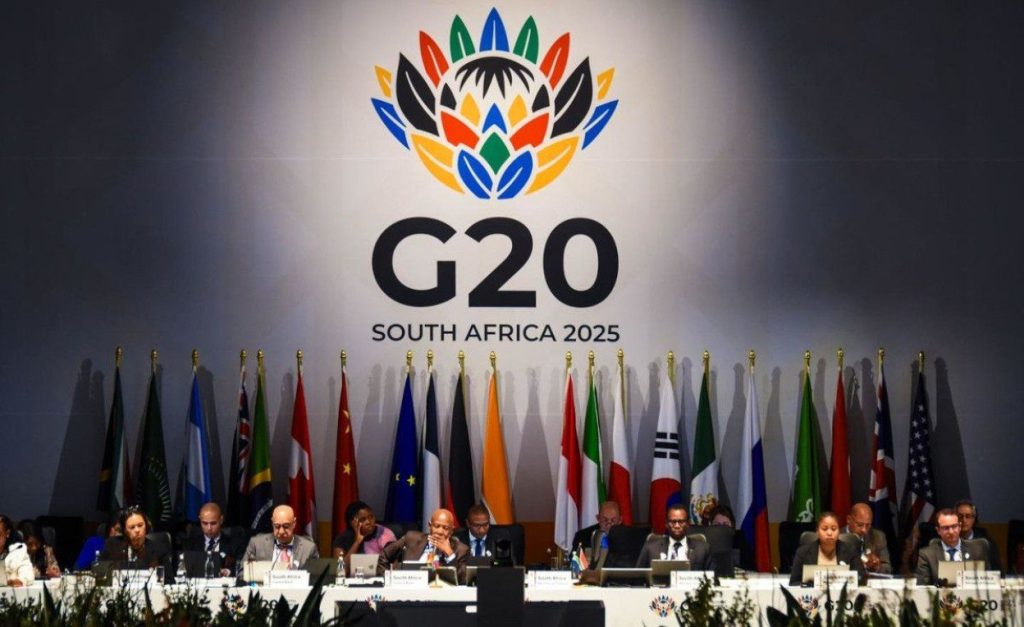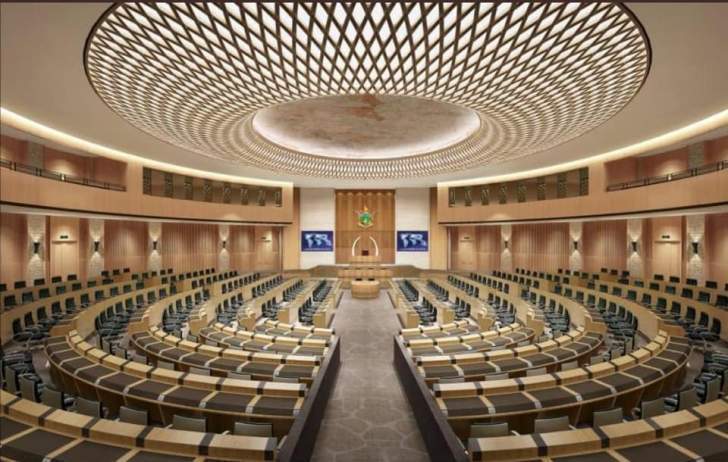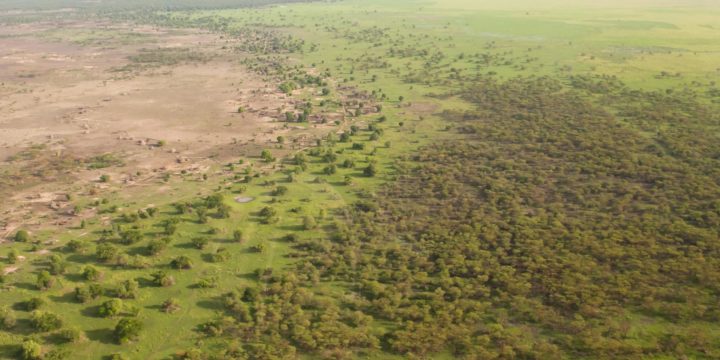Climate change is influencing migration patterns across Africa, with natural disasters forcing millions to flee their homes. Cyclone Idai (2019), which displaced people in Mozambique, Zimbabwe, and Malawi, and Cyclone Gati (2020) in Somalia, highlight the continent’s fragility. A World Bank Report estimates that in 2050, climate change could displace 85 million Africans internally in sub-Saharan Africa, with global numbers reaching 200 million.
Though a natural phenomenon, migration is facilitated through cooperative arrangements under the African Union (AU) and the continent’s various regional economic communities (RECs). These arrangements afford freer or facilitated movement to citizens of the participating states. However, our research suggests that existing international laws are failing to protect climate migrants (an as yet legally unrecognised term), who are individuals compelled to move due to climate-induced environmental changes.
Legal Gaps
With over 70% of the population relying on climate-sensitive livelihoods like agriculture, Africa is particularly vulnerable to environmental changes. As a result, migration is becoming an increasingly vital survival or adaptation strategy. However, affected individuals often lack legal protection because they do not qualify as ‘refugees’ under traditional international law definitions.
The 1951 United Nations Refugee Convention provides a narrow definition of ‘refugees’ as individuals fleeing persecution based on race, religion, or political opinion, it excludes those forced to migrate due to environmental changes. A later AU Refugee Convention took a broader approach by extending it to include those fleeing “events disturbing public order” (such as conflict or disasters). However, implementation remains weak.
Climate migrants find themselves in a legally grey area. They have no explicit legal recognition as ‘refugees, ’ and they bear a high burden of proof to demonstrate that they are, but recent UN Human Rights Committee decision emphasised that countries receiving climate migrants cannot return them to dangerous conditions that violate the right to life (emphasising the principle known as non-refoulement).
Such interpretative stances offer hope of more protections, but they are ad-hoc or non-binding. In a case before the UN Human Rights Committee, a Kiribati national, Ioane Teitiota, was deported from New Zealand back to his home island state in 2015 after his asylum claim was denied. He argued that climate change had made the island uninhabitable. Even though Teitiota’s claim failed, the case established an interpretative precedent that states that return people to life-threatening environmental conditions violates their ‘right to life’ under the International Covenant on Civil and Political Rights.
Relying solely on climate change claims for refugee protection is not enough, though. To qualify for protection, claimants also need to establish a link between their environment and a ‘well-founded fear of persecution’ or an immediate risk of irreparable harm’, a burden of proof that can be difficult to overcome, as illustrated in the unsuccessful Kiribati case.
Leveraging Free Movement Agreements to Support Climate Migrants
African regional bodies have developed frameworks to facilitate cross-border movement, following their duty to progressively adopt measures that enable the free movement of people individually, bilaterally, or regionally under the Abuja Treaty. These regional agreements hold an untapped potential to protect climate migrants and can fill the gaps left by the global regime.
One example is a 2018 AU Protocol on the Free Movement of Persons (AU Protocol) which operates at a continental level, geared at facilitating the free movement of Africans across its borders. It remains inactive, however, with only four of the fifteen ratifications it needs to be operational. The protocol permits visa-free entry for 90 days across member states with an African Passport, affording migrants the right to reside and start businesses in other member states.
While it acknowledges vulnerable groups, it does not expressly recognise climate migrants. It does, however, grant states the right to establish special procedures for refugees, asylum seekers, and ‘other vulnerable groups’, which could theoretically include individuals impacted by climate change.
There are also a number of subregional frameworks that govern economic integration and the free movement of people, but which do not expressly make provision for highly vulnerable persons. In West Africa, the Economic Community of West African States (ECOWAS) has a long-standing Protocol regulating free movement. It is widely regarded as a shining example, through its provision of visa-free entry for 90 days and the right to reside and establish. However, despite being considered best practice, the provisions in the adopted Protocol do not specifically contain protections for vulnerable people, such as climate change or environmental migrants.
In East Africa, the East African Community (EAC), through the Common Market Protocol, ensures visa-free entry and six-month renewable stays for citizens of member states, contingent on security and health considerations.
Similarly, the Southern African Development Community (SADC) has a free movement Protocol, that supports visa-free entry for SADC nationals for 90 days. Still, with only six ratifications, it remains unratified and unenforced.
To fully protect climate migrants as a distinct category, these frameworks need to be updated. Not only must they afford the requisite protections, but they must account for on-the-ground realities. For instance, while the frameworks protect ‘citizens’ of a participating member state, they require them to possess valid travel documents — a challenge for those fleeing suddenly, particularly where homes and documents left behind are at risk of destruction.
There are other emerging regional agreements that also support adaptive measures to accommodate climate migrants by ensuring entry and prolonged stays during emergencies. For example, the East and Horn of Africa trade bloc’s Intergovernmental Authority on Development (IGAD) developed a free movement Protocol in 2020, which stands out for its disaster-specific provisions. It uniquely provides for:
- Rights of Entry: Citizens fleeing in anticipation of, during or in the aftermath of disasters can enter member states without visas if registered upon arrival.
- Extended Stays: Host countries must take measures to allow prolonged stays if a return to the home state is impossible or unreasonable.
This aligns with emerging international jurisprudence, recognising that returning individuals to life-threatening conditions caused by climate change may violate their right to life.
The Way Forward: Learning and Adapting
There are existing regional and subregional progressive frameworks that can be used to support climate migrants, granting status to displaced individuals and allowing entry and stay without visas or travel documents. However, they need to be strengthened to protect those displaced by sudden and gradual environmental changes. Many also need to be brought into operation or, where they are in operation, implemented effectively.
Regions can also learn from each other and adapt their agreements to be more inclusive of climate migrants. This could involve:
- Expand Legal Interpretations: existing binding agreements, such as the AU Protocol, should include climate migrants in their broad definitions of ‘vulnerable groups.’
- Leverage the IGAD Model: adopt natural disaster-specific clauses.
- Strengthen Implementation: invest in legal training and cross-border coordination on climate-induced migration.
- Public Awareness: educate communities about the impacts of climate change and available support mechanisms.
As disasters intensify, proactive legal innovation will need to adapt alongside societies to safeguard the lives and dignity of the most vulnerable.
Dr Victor Amadi is a Postdoctoral Researcher at the Centre for Comparative Law in Africa and Molya Vundamina is an LLD Candidate at the Centre for Human Rights, University of Pretoria.

